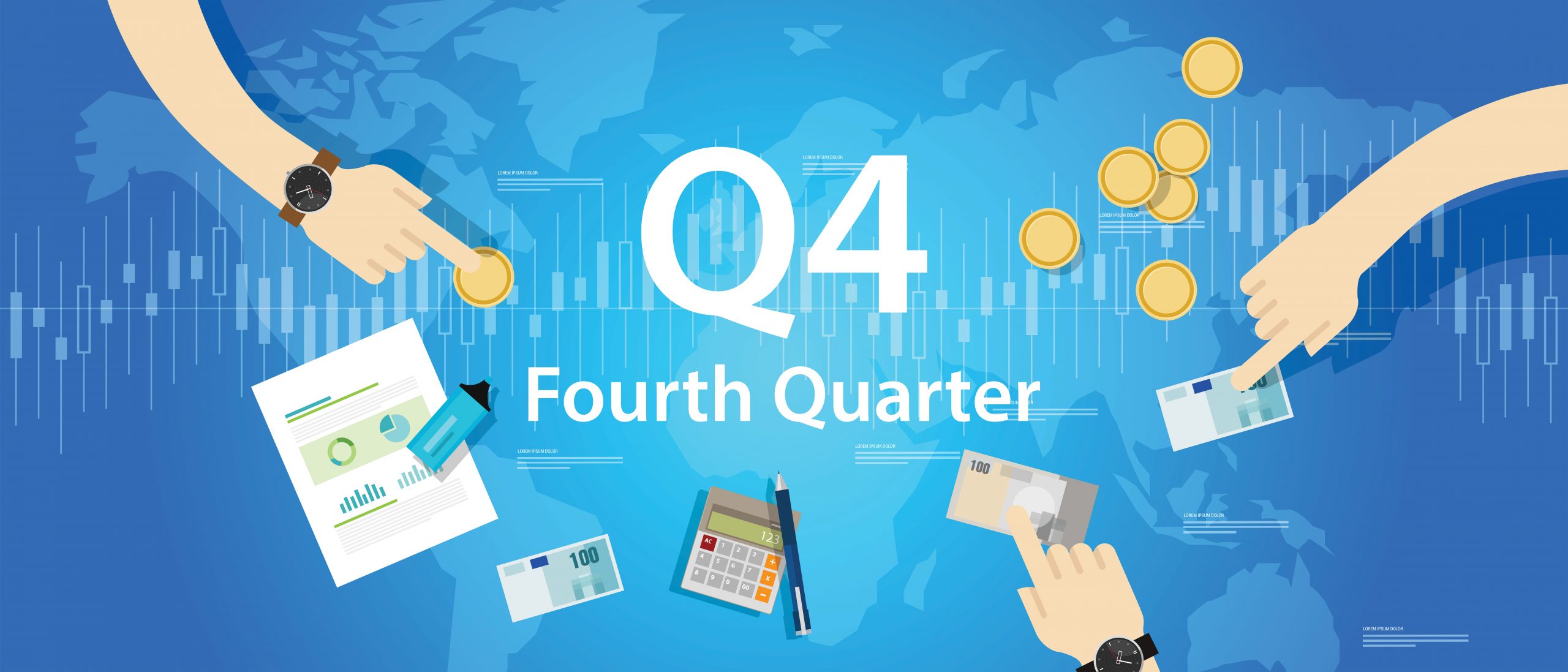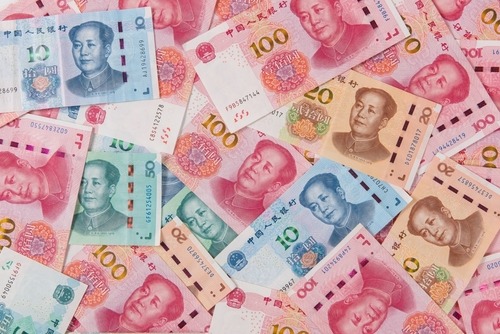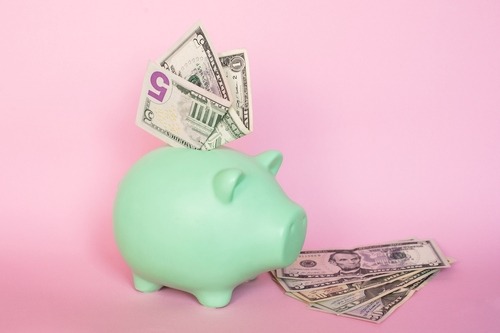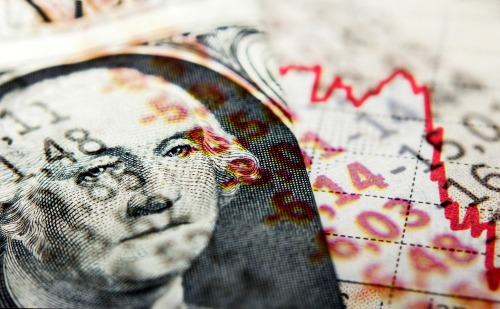Individual Trading Activity Surges: Volumes Hit Record Highs
Global interest in the financial markets increased substantially in 2020, pushing trading volumes to record heights.
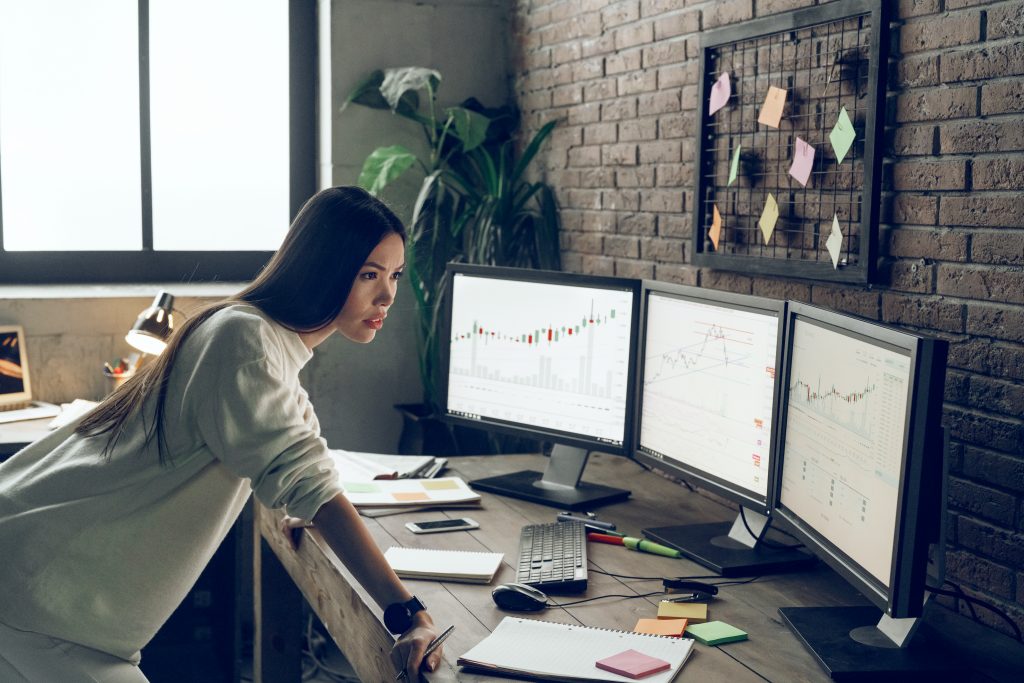
One unexpected positive in 2020 has been a sharp increase in trading volume across the spectrum of the international markets.
Globally, trading in futures and options increased 32% in the first half of 2020, compared with last year, according to the Futures Industry Association (FIA).
In the United States, the spike in trading volume has been even sharper, with options volume rising 50% compared with 2019 (through the first 11 months of the year). In October 2020, options volumes set a new monthly U.S. record with 583.7 million contracts traded—5.3 million contracts more than the previous monthly record, set in March.
Trading in stocks has been equally fervent, with many U.S. brokers reporting 100% increases or more in equity trading volume compared with 2019. Initial public offerings in the U.S. have likewise increased in 2020, rising roughly 18% versus 2019, in terms of total deals (year-to-date).
The chart below illustrates how daily options trading in Apple (AAPL) reached an apex in 2020, just one example of the broader trend.
Trading has spiked for a couple of reasons. First, the markets have been volatile in 2020—somewhat like the stomach-wrenching roller coaster at an amusement park. With both, the crowds apparently can’t get enough.
Second, Americans trying to avoid exposure to COVID-19 have more time at home to invest and trade. Some are becoming active in the markets for the first time.
In fact, retail trading has increased from 10% of total market volume in 2019 to an estimated 25% this year.
Globally, some of the top exchanges—in terms of volume—include the National Stock Exchange of India, the Chicago Mercantile Exchange (CME) and the Intercontinental Exchange (ICE). From a market capitalization perspective (i.e. the value of the companies), the largest exchanges in the world are in the United States, China, Europe and Japan, as shown below.
To learn more about the relationship between trading volume and market direction—or lack of one—readers can review this episode of Tasty Extras on the tastytrade financial network. TASTYTRADE LIVE, weekdays from 7 a.m. to 4 p.m. Central Time, is also recommended for tracking daily action in the financial markets.
This December, give the gift of Luckbox and get a free Luckbox T-shirt! See SUBSCRIBE or UPGRADE TO PRINT (upper right) for more information.
Sage Anderson is a pseudonym. The contributor has an extensive background in trading equity derivatives and managing volatility-based portfolios as a former prop trading firm employee. The contributor is not an employee of Luckbox, tastytrade or any affiliated companies. Readers can direct questions about any of the topics covered in this blog post, or any other trading-related subject, to support@luckboxmagazine.com.









